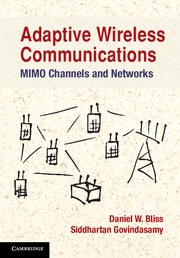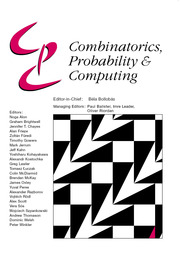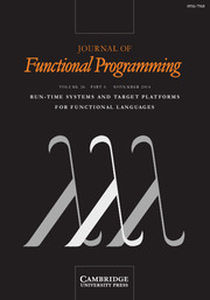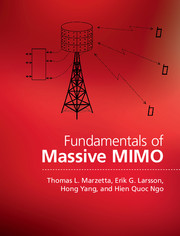Space-Time Block Coding for Wireless Communications
Space-time coding is a technique that promises greatly improved performance in wireless networks by using multiple antennas at the transmitter and receiver. Space-Time Block Coding for Wireless Communications, first published in 2003, is an introduction to the theory of this technology. The authors develop the topic using a unified framework and cover a variety of topics ranging from information theory to performance analysis and space-time coding methods for both flat and frequency-selective fading multiple-antenna channels. The authors concentrate on key principles rather than specific practical applications, and present the material in a concise and accessible manner. Their treatment reviews the fundamental aspects of multiple-input, multiple-output communication theory, and guides the reader through a number of topics at the forefront of research and development. The book includes homework exercises and is aimed at graduate students and researchers working on wireless communications, as well as practitioners in the wireless industry.
- Covers the orthogonal space-time block coding techniques that are embedded in the UMTS and WCDMA mobile standards
- Provides details of space-time block coding theory and how STBC techniques can improve wireless system performance
- Includes homework exercises
Product details
January 2012Paperback
9780521065337
304 pages
244 × 170 × 16 mm
0.494kg
2 tables 71 exercises
Available
Table of Contents
- 1. Introduction
- 2. The time-invariant linear MIMO channel
- 3. MIMO information theory
- 4. Error probability analysis
- 5. Receive diversity
- 6. Transmit diversity and space-time coding
- 7. Linear STBC for flat fading channels
- 8. Linear STBC for frequency-selective channels
- 9. Coherent and non-coherent receivers
- 10. Space-time coding for informed transmitters
- 11. Space-time coding in a multiuser environment
- Appendices.








